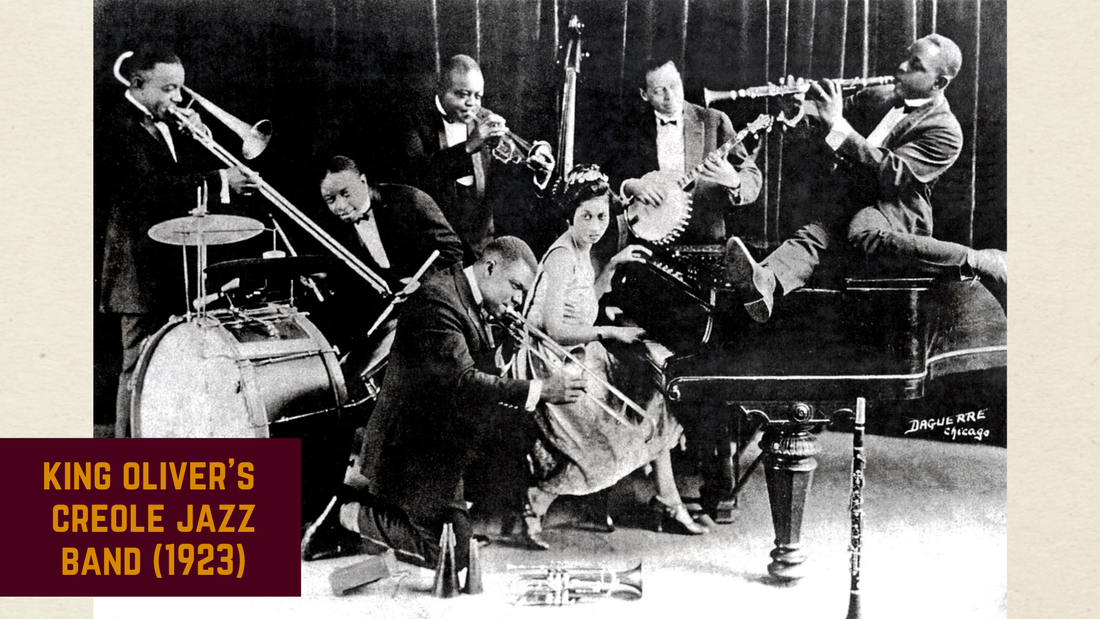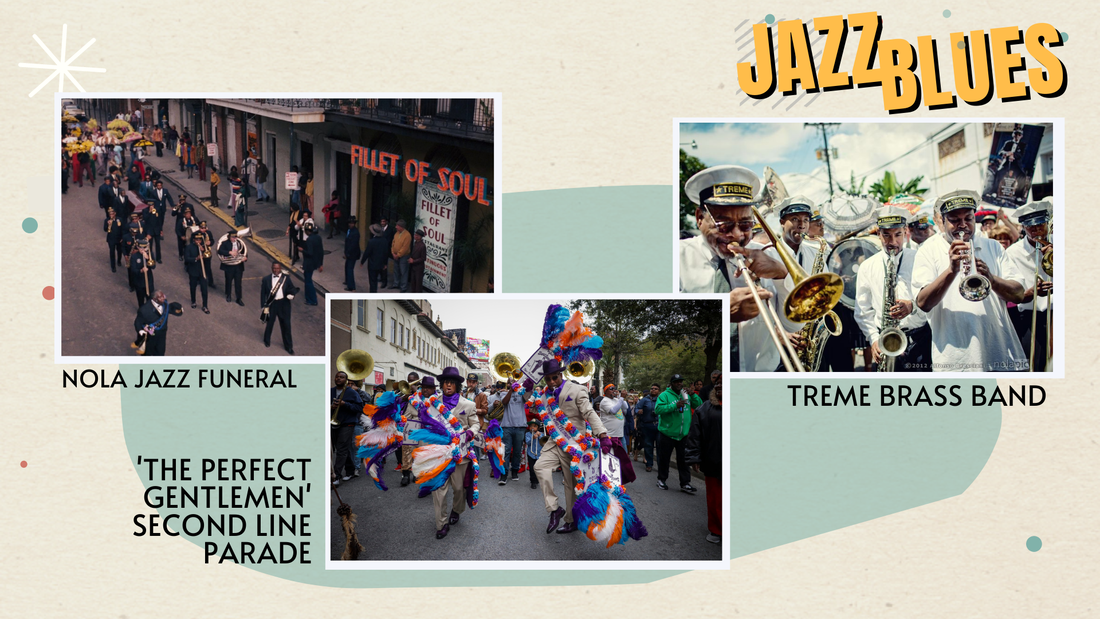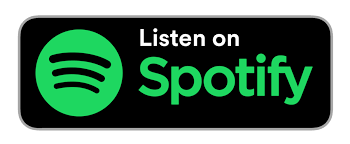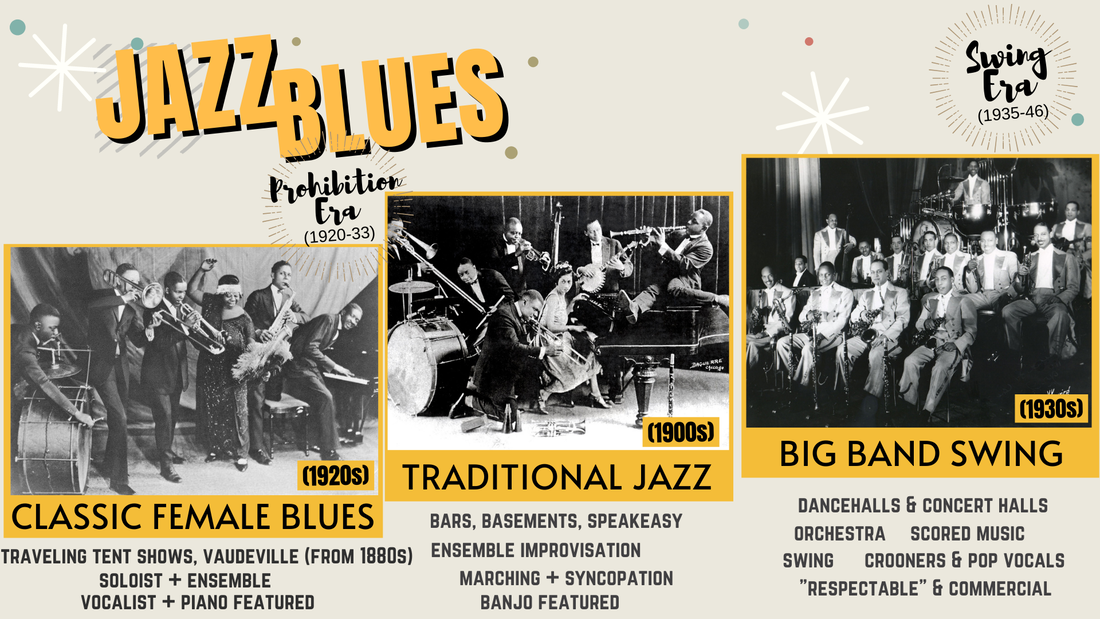|
Dancing world... We've got something to tell you!
Some of our friends heard the news already... Bibi and I are joining forces! We are very excited to be starting this adventure together and we can't wait to share our love and dedication for the blues with you! Would you like to learn more about what we do and dance with us? Drop us a line at [email protected]! Also, big shout out to our very supportive, patient and talented life partners Leigh and Fede for being our number 1 fans, as well as being our official photographers and videographers! Thank you for all your support... We love you millions!
0 Comments
Leigh's latest obsession: the rich horns and punchy, syncopated rhythms of early New Orleans! Be Mighty B Blues, with our "journey through blues" theme was the perfect time for a class on the topic. The class explored two early styles of music where blues and jazz very much crossover: second line brass bands and traditional New Orleans (NOLA) jazz bands. Second line brass bands After the end of the American Civil war in 1865 when black musicians were afforded more freedoms, military instruments - horns, as well as snare and bass drums - were cheap and readily available in 2nd hand shops. Musicians formed brass bands, which played every week in funerals, weddings, celebrations in 2nd line parades. "Second line bands, the bands that march in the streets, initially was done for funerals," Allen Toussaint said. "To march real slow on the way to the funeral and cut up on the way back. That’s how you lay the dead away—with a band. You take ‘em on out and you boogie back." In the 1860s, newly freed African Americans formed benevolent societies (Social, Aid and Pleasure Clubs) to give insurance, loans and education to black Americans who couldn't get cover anywhere else, and help with funeral costs. These societies "began hosting parades as neighbourhood celebrations, to advertise their services and honour members who had died". Read more: www.frenchquarter.com/secondline/ NOLA street parades have two parts: the 'first line' are the official organisers of the parade (e.g. for a funeral its the family members of the deceased, the hearse and band) - and behind them is the 'second line'.The second line have their own procession leaders in fancy outfits, dancing with hankerchiefs and umbrellas, and their own brass band. All the people in the street that join the parade become part of the second line. Second line parades are part of NOLA’s cultural heritage, and parades take place most Sundays of the year. Traditional NOLA jazz bands From the early 1900s, professional musicians formed what we now call "traditional NOLA jazz bands" and found work playing for a diverse clientele; in Storyville (the red light district) as well as playing in cabarets, dance halls, riverboats, house parties and street corners - all the places people go to have fun.
Read more: 64parishes.org/entry/traditional-new-orleans-jazz <-this article is SO good. Check out all 64parishes! So how does this relate to other jazzier styles of blues?You might find a NOLA jazz band backing a classic women's blues star on tour BUT instead of collective improvisation, the singer is the star with one instrument soloing with her in call and response. If we take the syncopated sounds of traditional NOLA jazz and smooth out the sharp, ragtime-influenced piano and banjo styles; replacing them with smooth piano, soft rhythm guitar and swung rhythms, we get the sound of big band swing. Categories
|





